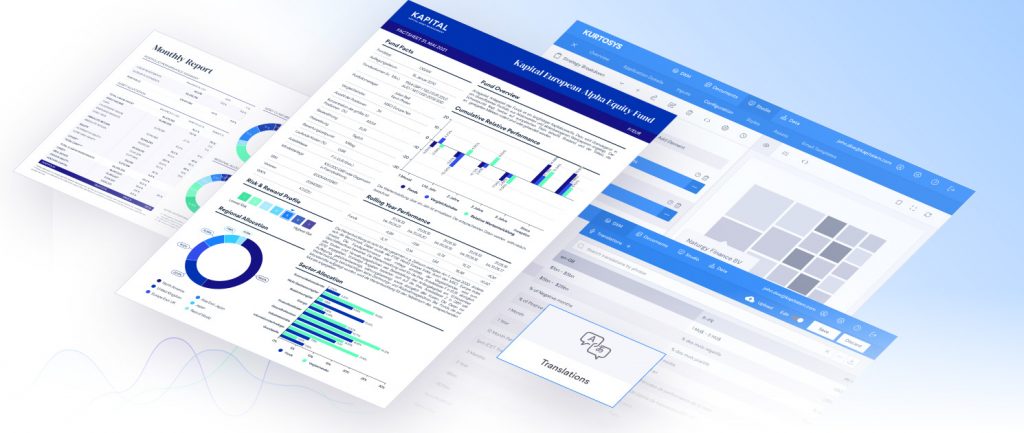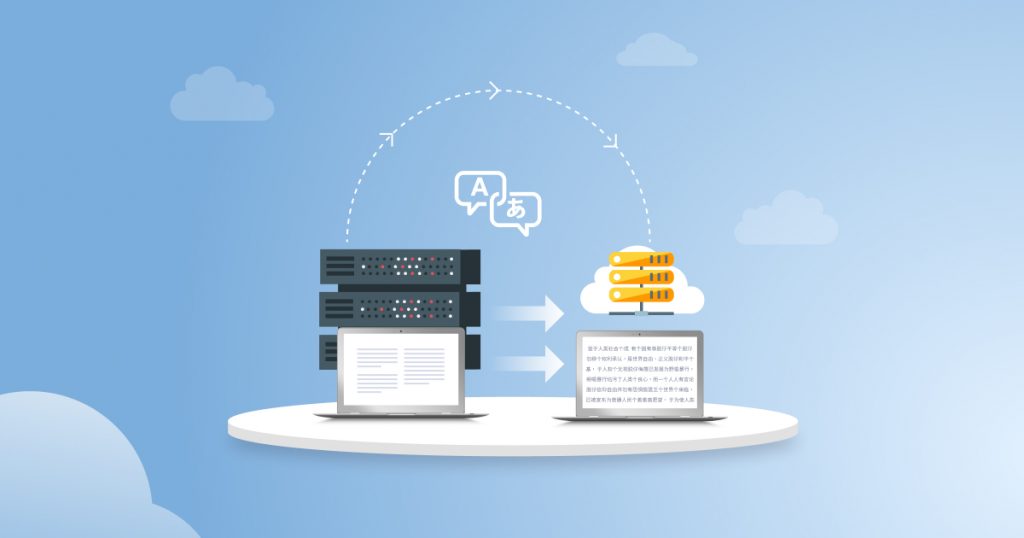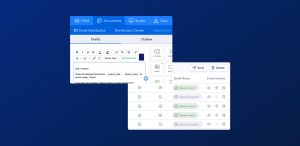Are your operational processes being sustained through habit or belief rather than being led by what the client truly desires?
Our experience of larger scale asset managers that have separate teams for many activities has demonstrated that major IT transformations require endorsement from the business beyond the function in question. For example, Client Services will need full buy-in from the business for a tech overhaul (recognising that quick fixes will not suffice if a legacy replacement is required). Individual departments will not be able to solve these problems without broader business support. Therefore, many reporting teams will have a ‘that’s what we always do’ legacy process in place that involves obstructive hard coding, tiresome manual intervention and alarming keyman risk. Not to mention, increased emphasis on ESG and responsible investing is leading to a complete reimagination of reporting and not just small incremental enhancements.
The outcome is that, very often, Client Services is not in a position to solve today’s problems for the client but rather ‘issues’ that are quick fixes or even worse, may no longer even exist.
It is a frequent problem that legacy processes persist in even the largest firms. How do asset management businesses tackle this issue around Client Services when this team has the added responsibility of being client-facing? How do firms separate what people are used to doing from what clients actually desire? Is it always a good idea to ‘break’ a legacy process?

Listening to your clients
The first step is to listen to clients. For example, the Client Reporting team might insist that it needs to provide several highly bespoke reports for a particular institution or client, and that in all circumstances it must maintain that level of customization. However, it may be that the client asked for a custom report five or ten years ago and that it no longer has that requirement. The problem is that during the intervening period no one from Client Services asked the client whether they still need this this level of customization. It may be that those reports could be standardized more, and through automation increase the scalability of the firm. In other words, it could be inertia stemming from the reporting team rather than intransigence from the client that is causing a lingering focus on yesterday’s problems.
There are various methods with which an asset manager can garner this perspective on customization requirements, including yearly reviews, polls, or workshops with appropriate user groups. Whatever the format chosen, the data accumulated will potentially save money for the asset management firm and engender goodwill with the client.
Brave enough to change
The final step in encouraging Client Services to solve today’s problems is to be brave when breaking a legacy process. The passage of time can obfuscate the reasoning for a number of tactical decisions that were made in good faith at a particular moment, but through changes in the firm’s operating model, technology stack or investment structure are no longer applicable.
For example, an asset manager may have utilized a manual process for the translation of fund factsheets, which worked well when the portfolios being managed were for a domestic client base, but since the firm expanded geographically is no longer fit-for-purpose.
The objective is not to simply migrate to a different way of operating to save time, but to determine how your firm can deal with the world as it is today in a much more effective way. In this way your firm can evolve into a more customer-focused company and ensure the best experience for your clients.
Let technology do the heavy lifting
Manual input into legacy processes can often bring comfort and a sense of stability or reliability to reporting. But establishing a revised process that embeds technology to automate key components and complex tasks will provide exceptional internal efficiencies, leading to significantly improved customer experiences. Customisable reports can be delivered faster, visualization of the data can be more fluid and creative, and teams can be brought closer together through improved transparency and collaboration.
A prime example is the new translation feature within the Kurtosys App. Documents can be translated in seconds, eliminating the time spent manually translating into different languages that increases the chance of error. Furthermore, other region- or domicile-specific information can easily be controlled from a central point. The client will undoubtedly appreciate the speedy delivery of its translated factsheets and the CFO will welcome the cost savings.

At Kurtosys, we are proud of our fast, scalable and easy-to-use technology. We love solving our clients’ problems with smart applications of technology and creativity. Where it makes sense, we partner for the long run, and that’s often where the magic happens.
Are you struggling to keep up with changing trends? Do you need to automate difficult and costly processes; deliver critical data at pace; or update your user interfaces and website design? If so, get in touch today. Talk to our team and arrange a demonstration of how our tools and services can add value to your digital transformation.



